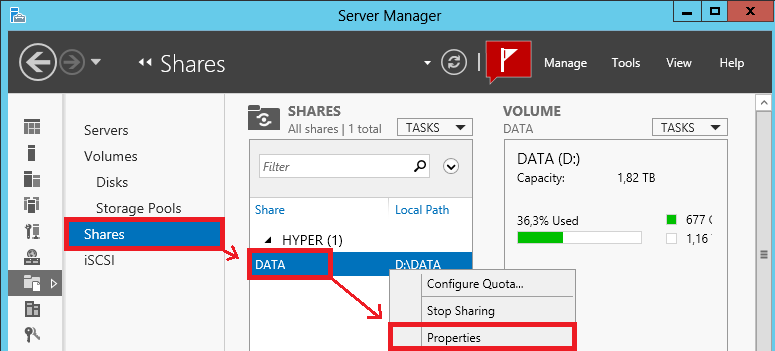Updated: November 5, 2025 | | Tags: Active Directory, Code, Deployment, PowerShell, Windows Server 2012
There are several reasons to change the default organizational unit of computers that join the domain.
The default OU (domain.local\Computers) cannot be linked with GPOs, and should be avoided since its builtin.
Posted: October 30, 2013 | | Tags: Code, Fix, HTTP, IIS, netsh, Patch, Windows Server 2012
First of all, the way http.sys works on newer Windows versions is a very useful feature.
The reason behind http.sys is to have a single system service that listens on the all-important port 80 and be a mediator to different applications and services…
Updated: April 2, 2016 | | Tags: Backdoor, Hack, Security, Troubleshoot, Windows 8, Windows Server 2012
Do you ever get that sinking feeling, when you’ve forgotten the root password to your test lab? Again?
I hate it too! So I decided to figure out a way around it, using a work around…
Updated: December 29, 2013 | | Tags: Active Directory, GPO, Permissions, Security, Windows Server 2008, Windows Server 2012
When setting up Active Directory delegation, you want administrators to be able to maintain Group Policy without being a Domain Admin.
If you read TechNet, Microsoft tells you to use Group Policy Creator Owners. However CO does not have permissions to modify or edit any other group policy objects.
Updated: November 20, 2012 | | Tags: Patch, Server Roles, Windows Server 2008, Windows Server 2012
After installing Windows Server 2012 and booting up you are welcomed by the new, greatly improved Server Manager.
This new tool is however not compatible with previous server versions out-of-box.
Updated: November 9, 2016 | | Tags: File and Storage Services, Security, Server Roles, Windows Server 2012
Yesterday I migrated our main file server to Windows Server 2012.
Noticed that Access-based enumeration was not working, I couldnt find the setting to re-enable it, or any good information on the web as to where it had gone.






